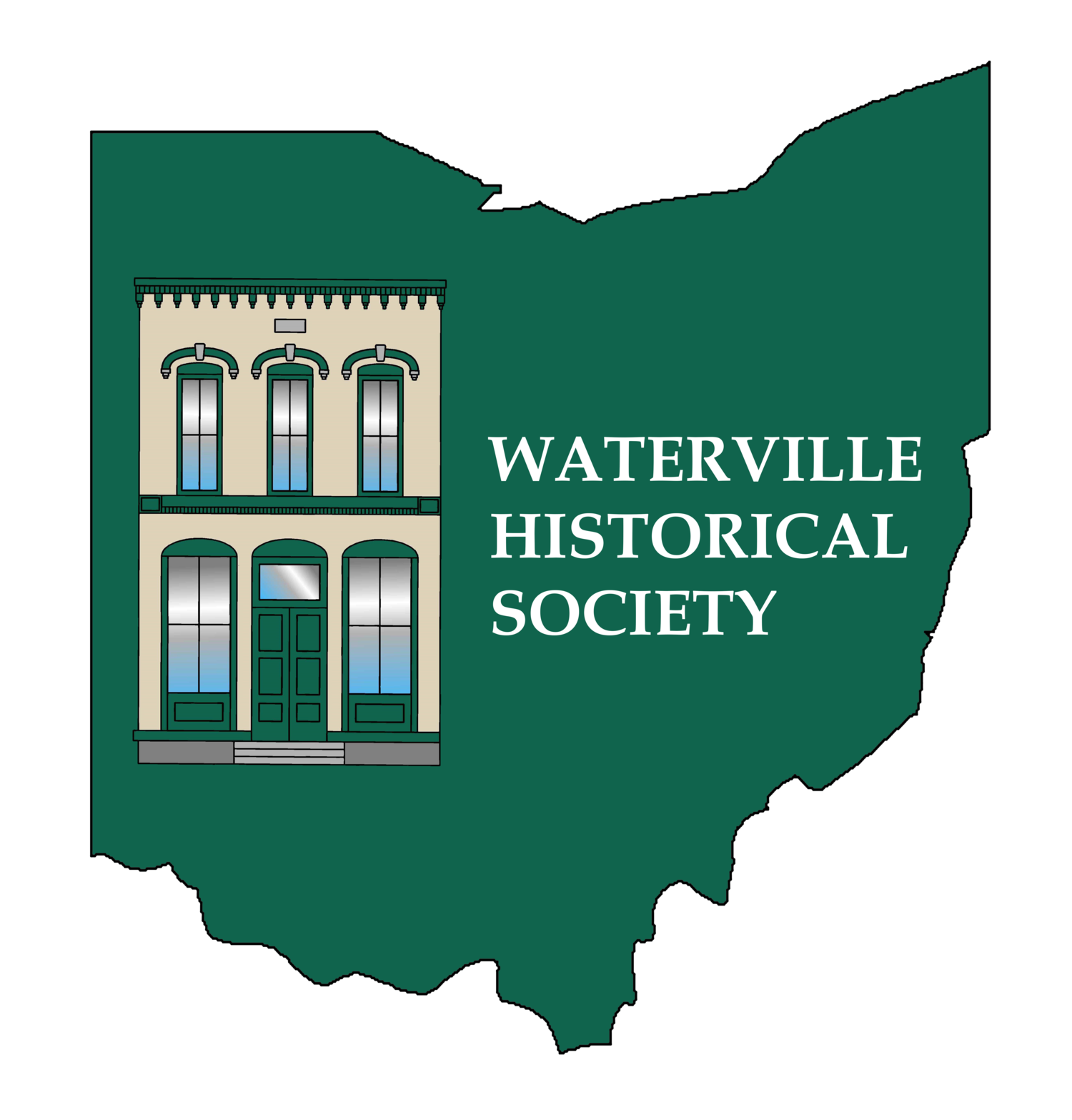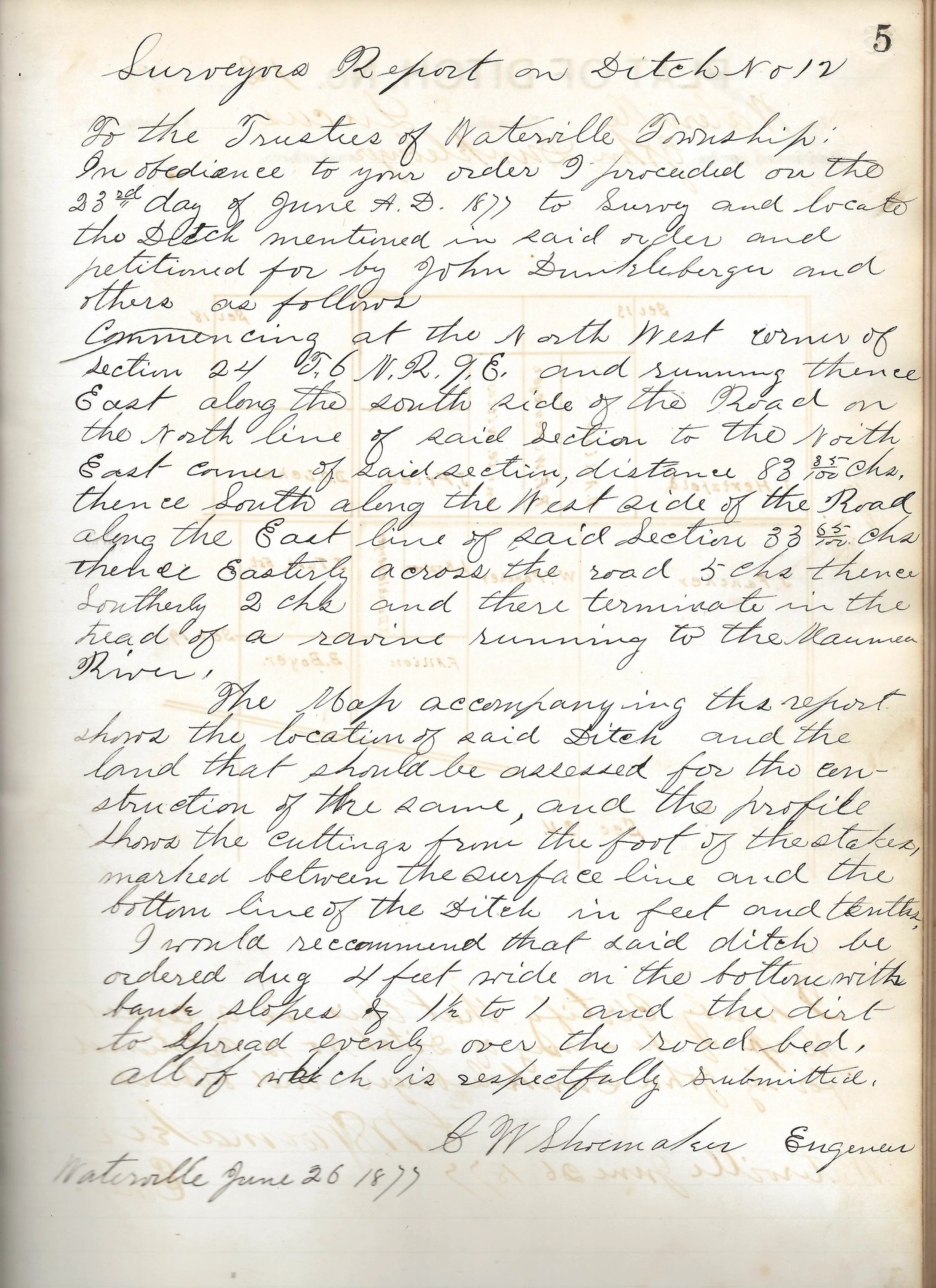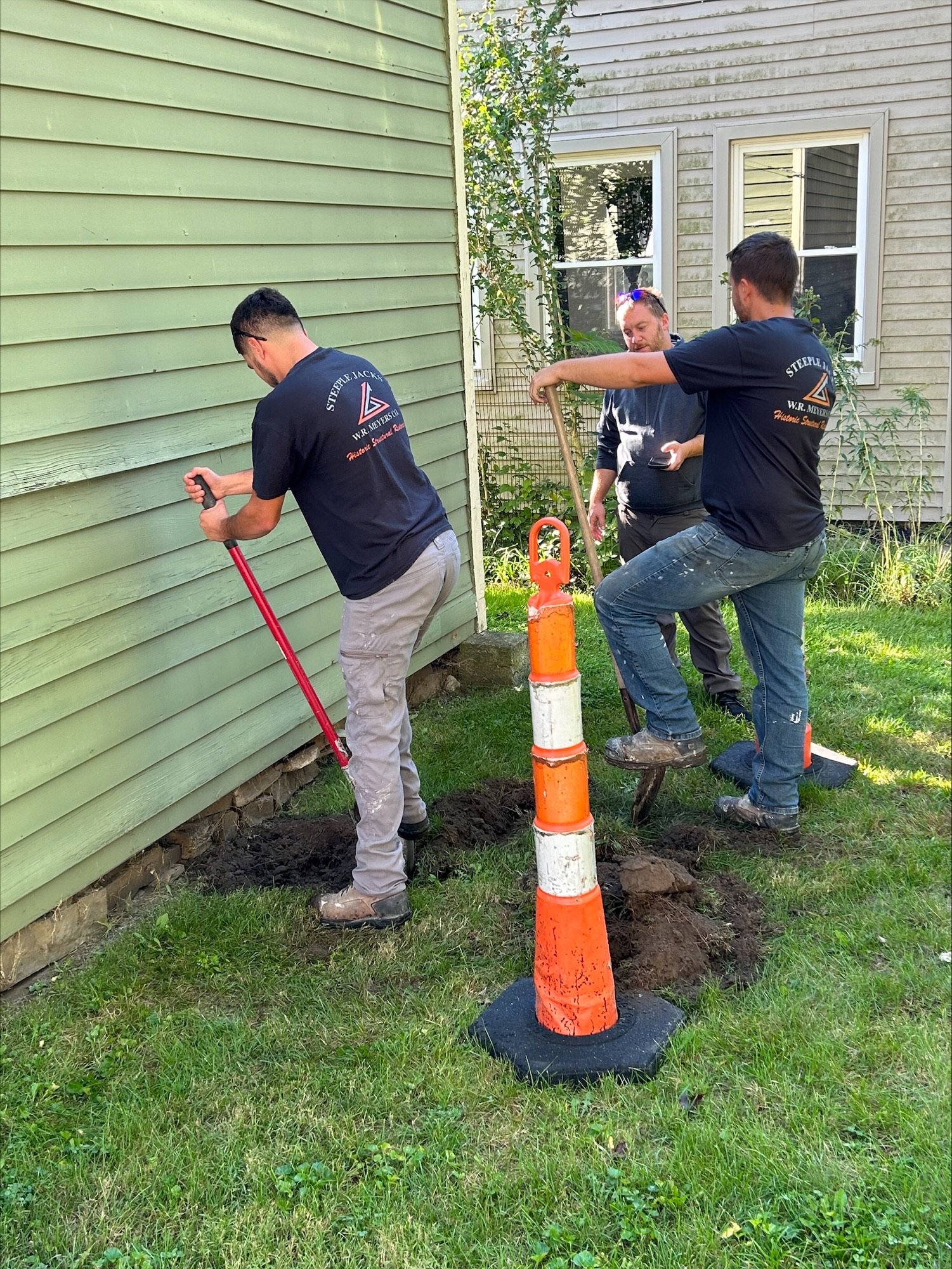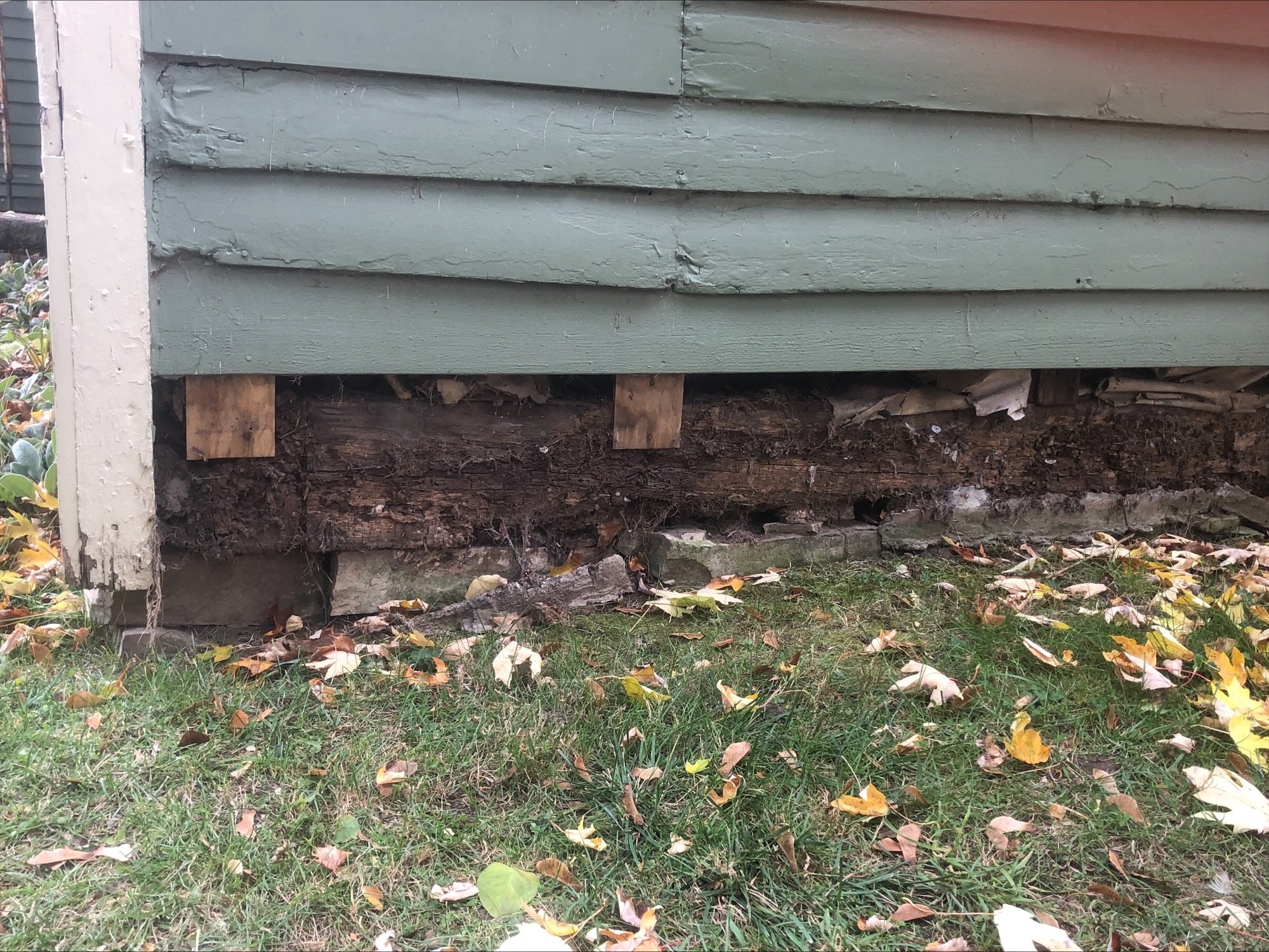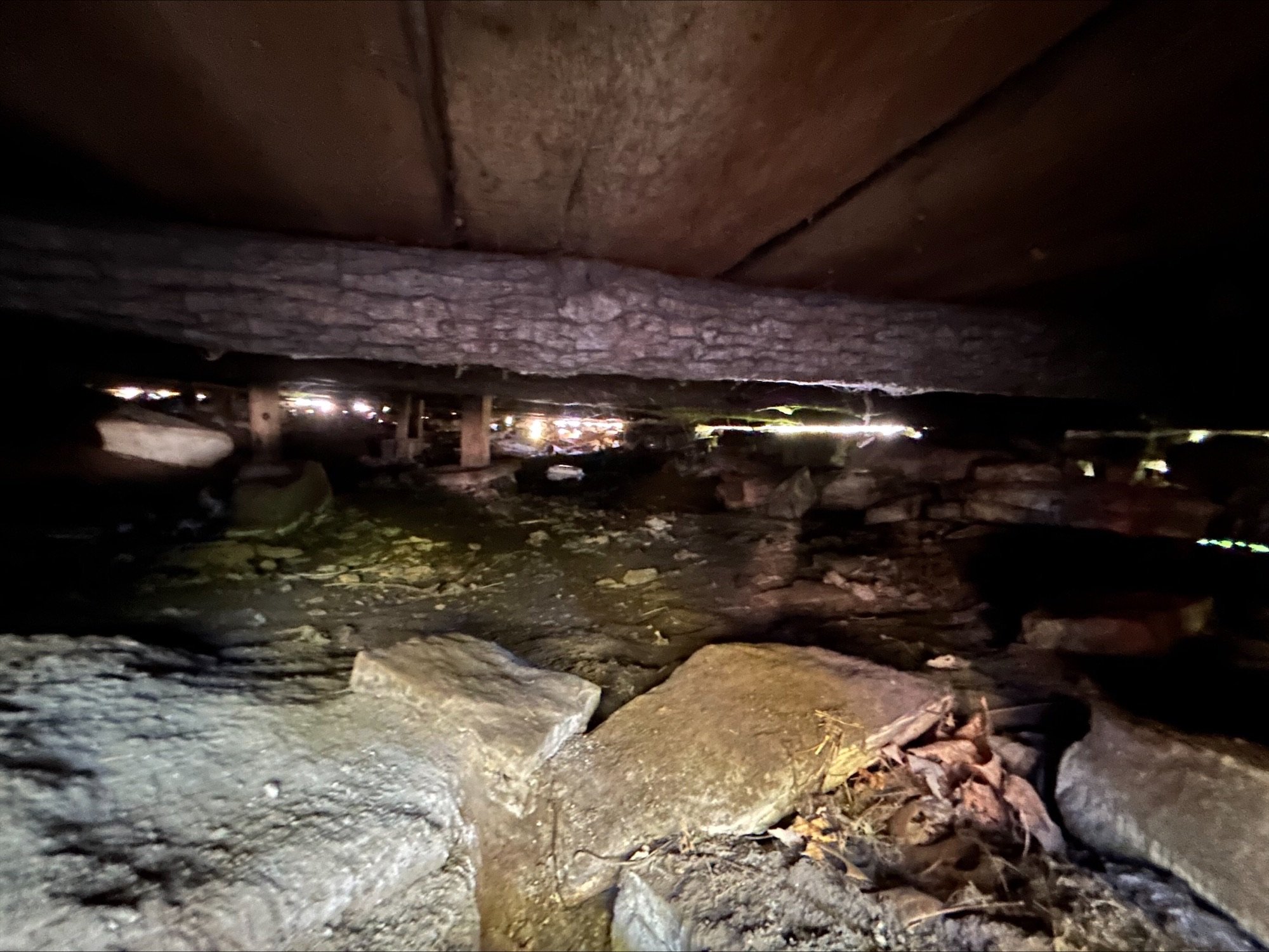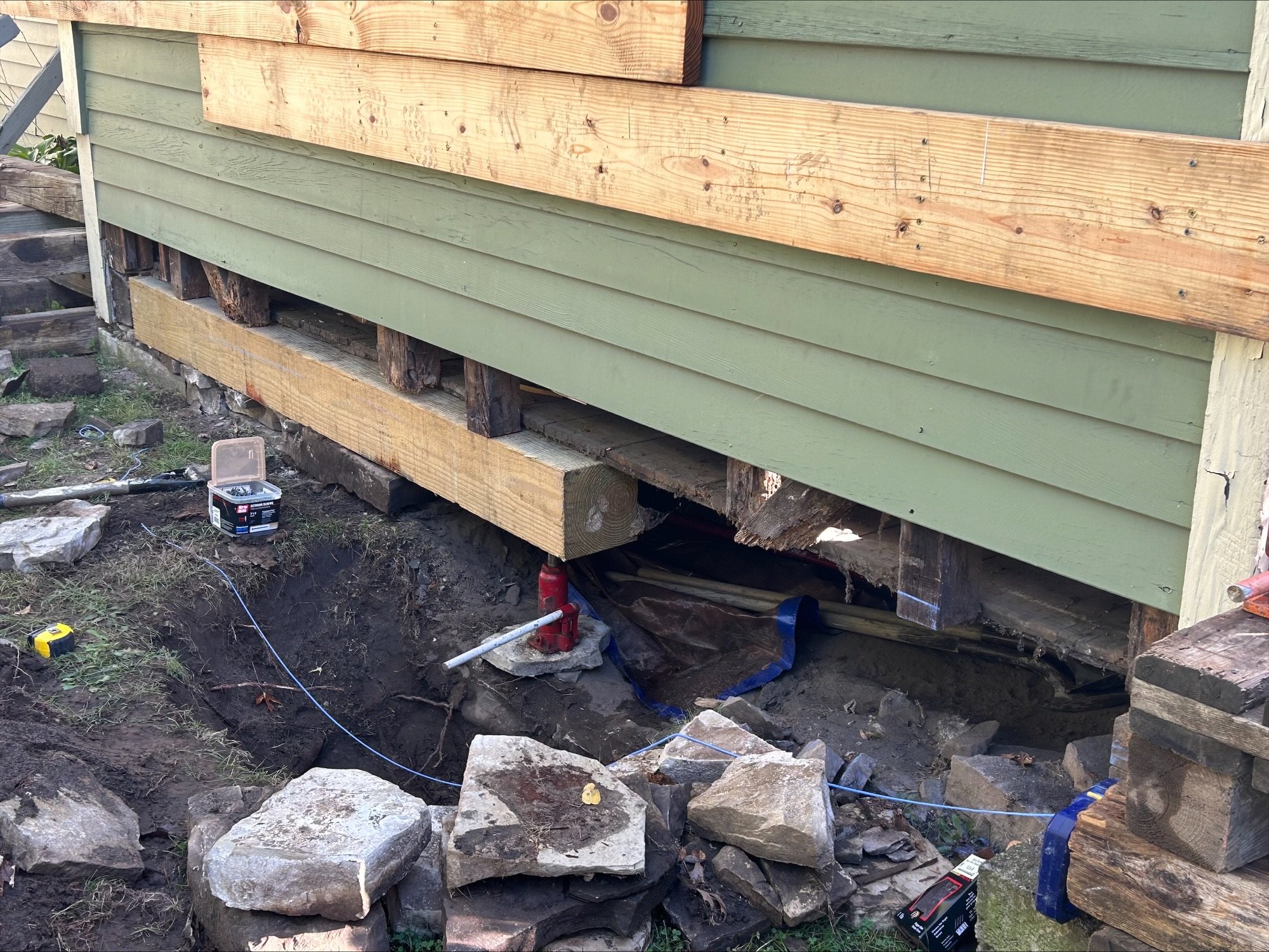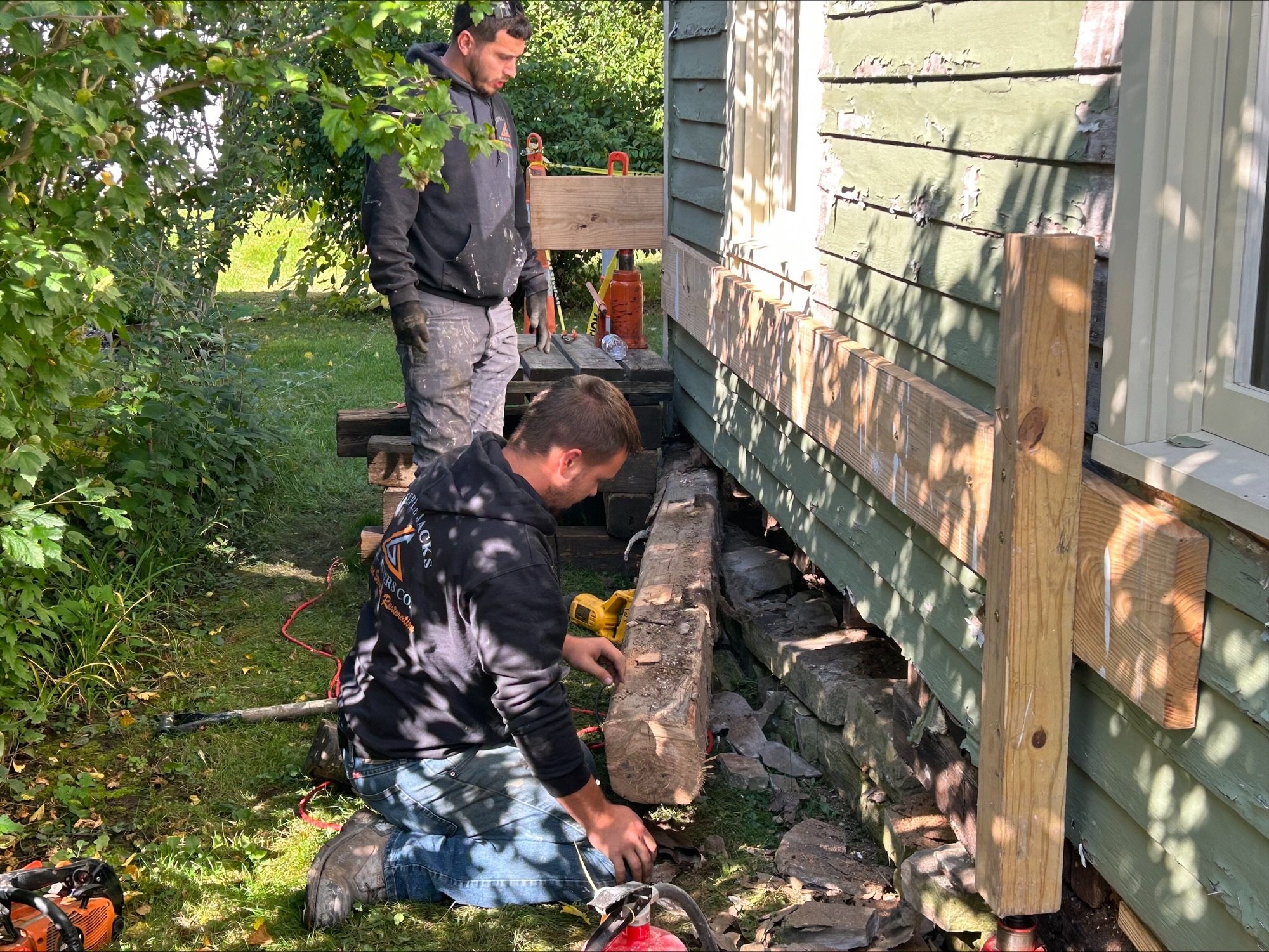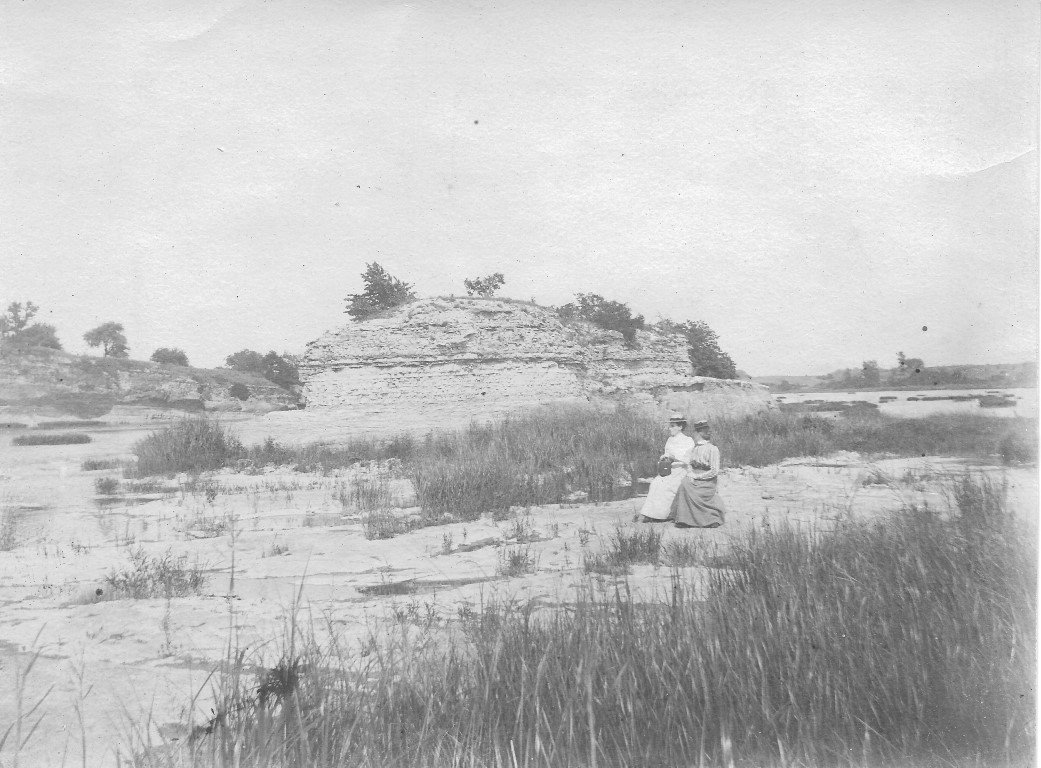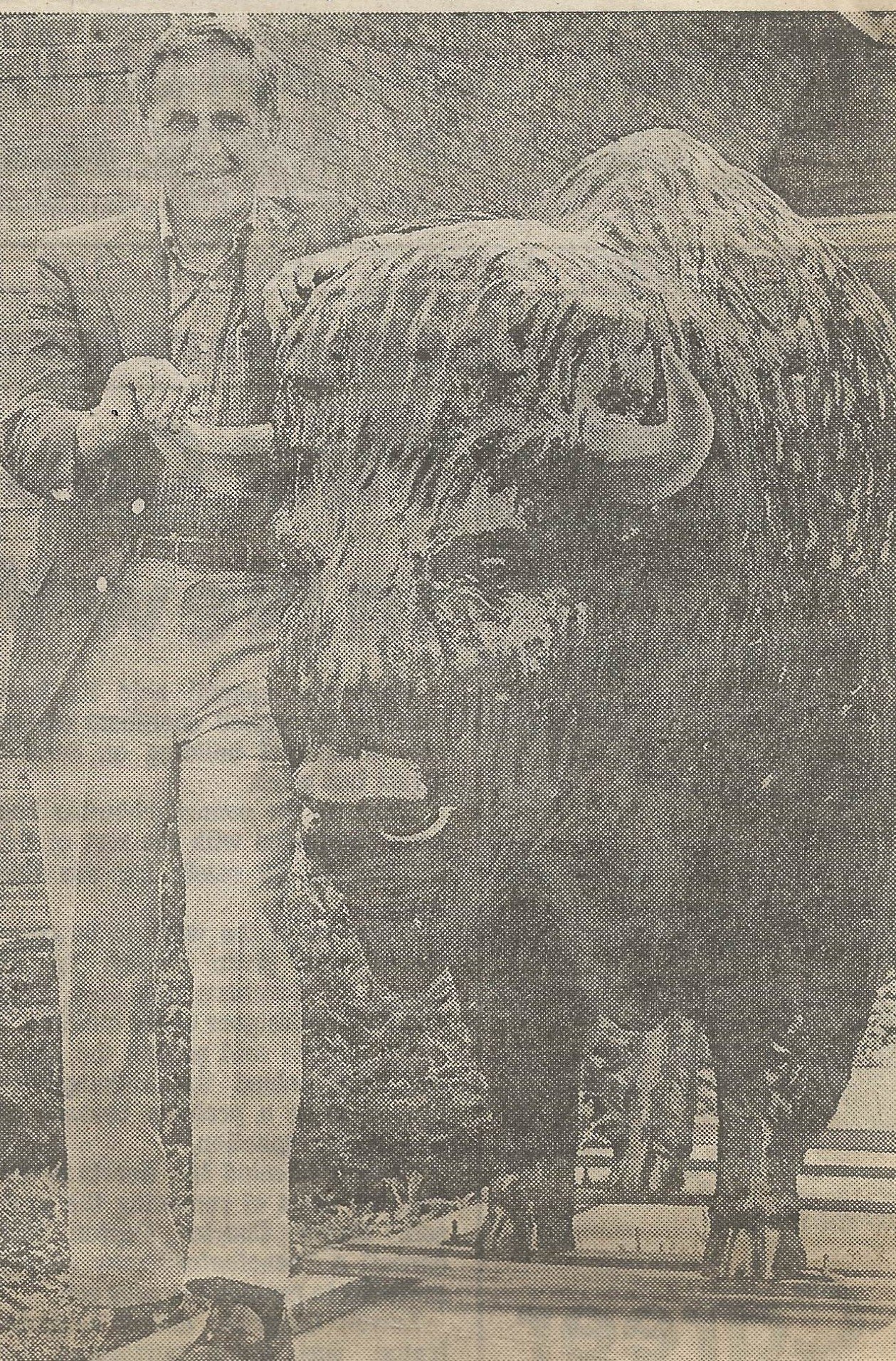This is the year of the 60th Anniversary of the founding of the Waterville Historical Society. The actual organizational meeting, including the first election of officers, was held March 15, 1964 with 34 people present. There were 58 charter members by the end of the year. We have come a long way since then. Our founding and our continued success was, and is due to the support of the citizens of Waterville and surrounding area and their continued interest in our unique history.
Those fifty-eight original founding members started with nothing except optimism, enthusiasm and a lot of friends. They put out a call for historic artifacts and the citizens responded, finding items that may have belonged to grandparents or great-grandparents or things just found in attics, basements, old cedar chests, etc. Soon the fledgling society needed a place to both store and display these artifacts. Members, Mr. and Mrs. Charles Swope stepped up to donate the use of an upstairs apartment on Third Street and a museum was born. When the society celebrated their founding with the first Founders Day in 1965 and in subsequent years the entire village was invited to celebrate our local history with displays of historic artifacts, open houses in historic homes, lectures, dinners and dances, and people turned out in great numbers. So, from the very beginning the interaction between the citizens and the society has been vital in our existence.
W.H.S. has seen a steady growth over these years, but always with the same goal – to collect and preserve artifacts relevant to the history of Waterville and surrounding area and make this history available to the public. In 1980 we were able to purchase the 1838 Robbins House and renovate that building into our very own museum. About 10 years later the house next door was available and we bought that property thinking the little house could be demolished for a parking lot for Robbins. Upon finding the Sargent House was also a historic property, it was saved and became an additional display area and museum. When it was found that a little shed located on the alley behind a Second Street property had been the local Cobbler Shop, that building was donated and moved to our River Road properties along with a millstone that had been in the Pekin Mill. Then in 1997 the 1881 Wakeman Masonic Lodge building, vacated when the Masons moved out to Browning, was nearly purchased for demolition by a drug store chain. We were able to purchase that property thanks to a legacy fund from the estate of Marion Swope and a loan from the Village. We were then able to renovate the building into a much needed archives in the upstairs to properly house and maintain our large and growing collection of photographs and paper records. The lower level became a meeting room, complete with kitchen. By 2014, our 50th anniversary year, we owned three properties with four buildings to maintain, had computerized our records of our still expanding collections of historic artifacts, photographs and documents and have properly stored items not on display in archival containers.
We have not slowed down in the past decade from 2014 until now. We were gifted the historic (ca1827) R.G. Stitt (Gas Company) building on River Road by the Black family as they moved their Waterville Gas Company to a new building. That property included the little house next door so the property was split, the house sold and the Stitt Building is currently providing some rental income for the society. The Archives has added shelf space to house our ever expanding collection of photographs, documents and reference works, and finally achieved a long term goal of sharing parts of our collection on-line. The Sargent House Museum is finally being restored by replacing the rotting sills, repairing the stacked stone foundation and replacing some bad siding,. The Cobbler Shop has been renovated and we are working on making our museums more handicapped accessible. (And that is only some of the major things happening recently.).
Through our six decades of growth we have remained true to the original goals of our founders. We still are dependent on the good will and generosity of the community to support our endeavors. We depend on memberships and donations plus our own fund raising efforts to finance all of our wants and needs and we remain an all-volunteer organization.
